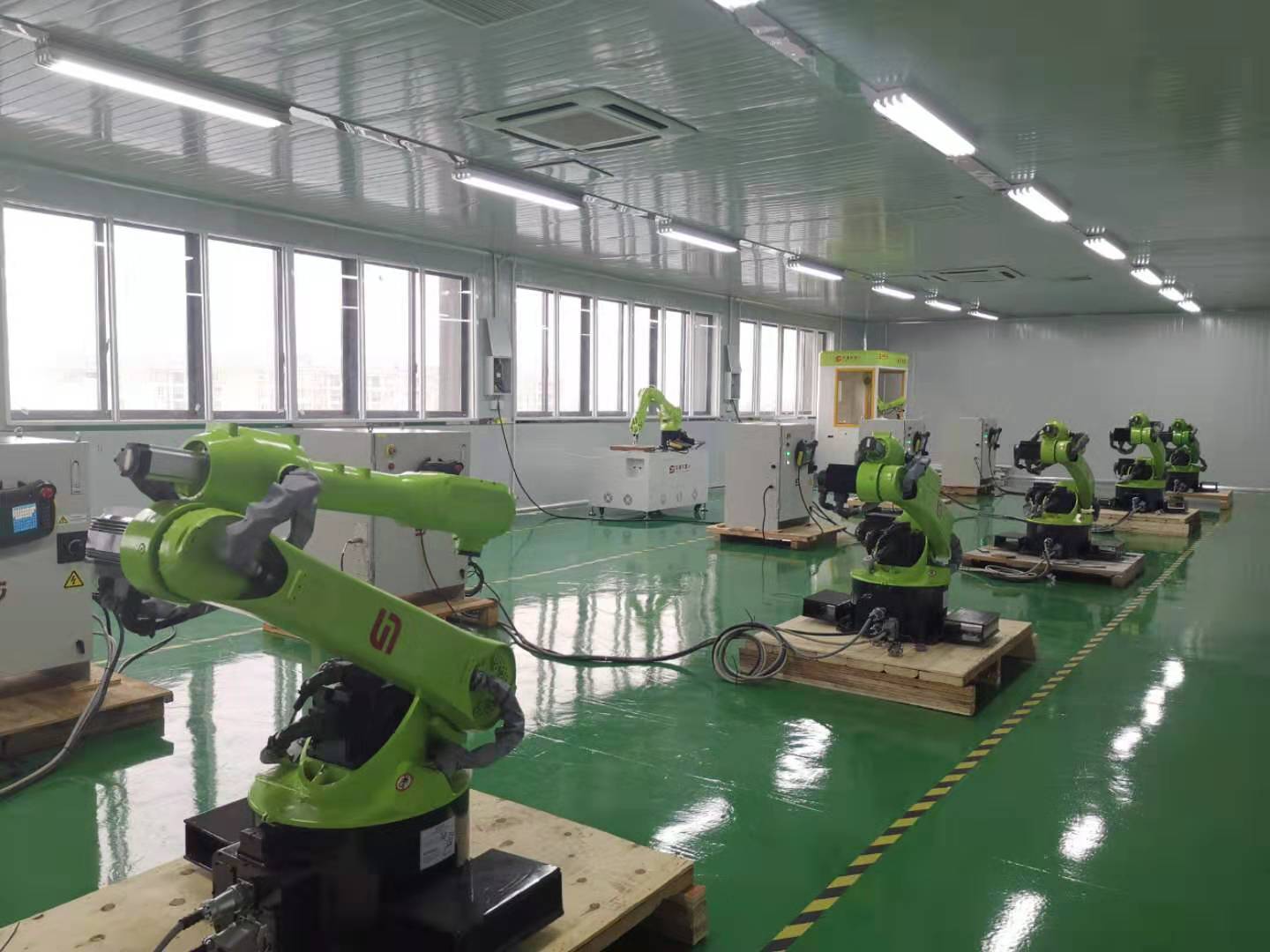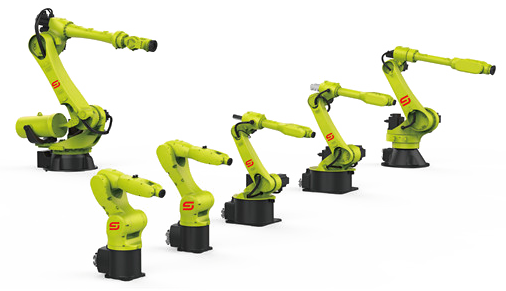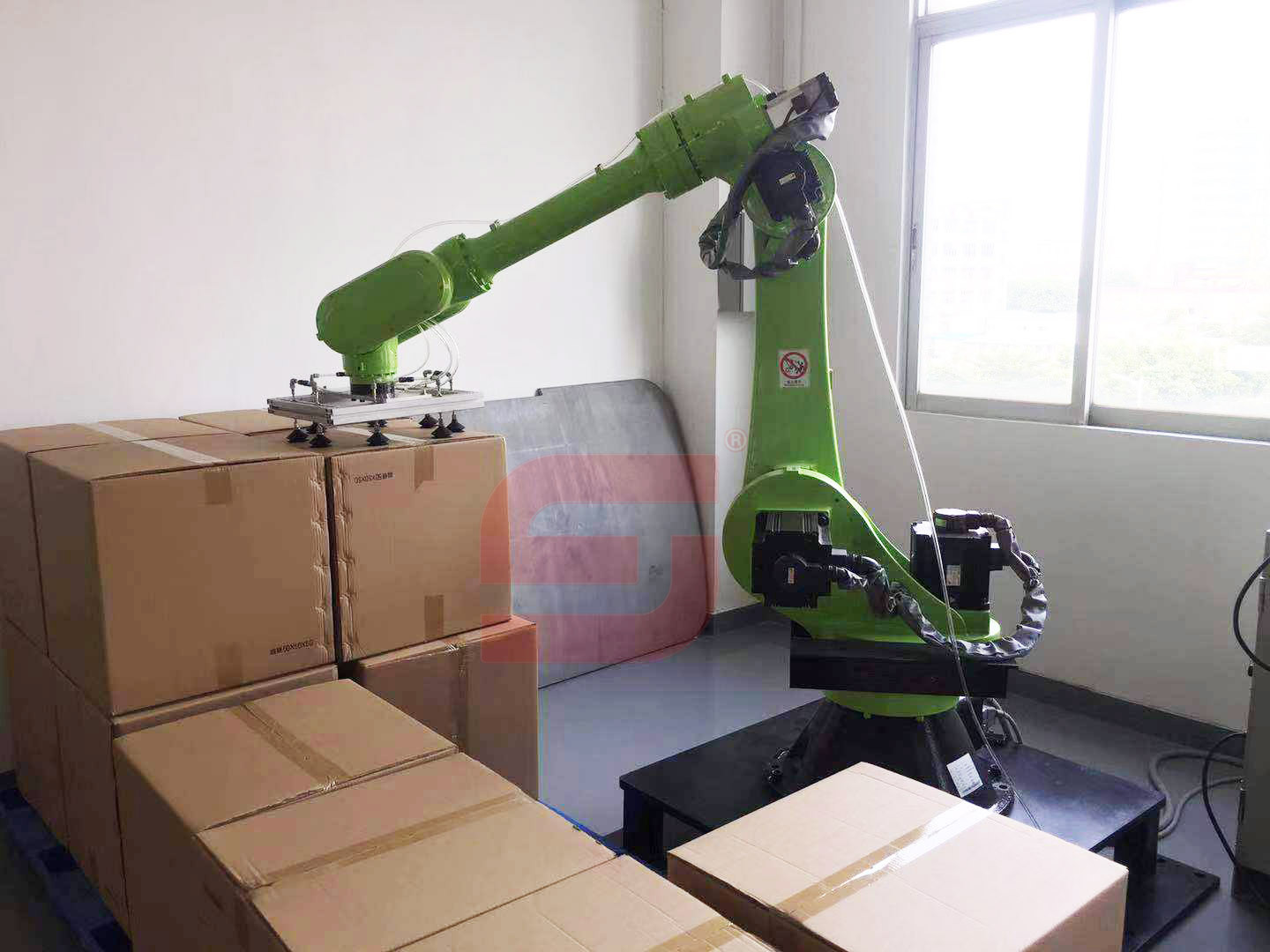BacktrackYour location:Home → News → FAQ
The main factors affecting the reflow soldering process are: 1. Temperature curve; 2. Reflow soldering preheating; 3. Reflow soldering heat preservation area; 4. Reflow soldering area; 5. Reflow soldering cooling area. These stages are common Here are some undesirable phenomena for everyone to explain in detail.
1, the establishment of temperature curve
耀彩网The temperature curve refers to the curve of the temperature of a certain point on the SMA with time when the SMA passes through the reflow oven. The temperature curve provides an intuitive method to analyze the temperature change of a component during the entire reflow soldering process. This is very useful for obtaining good solderability, avoiding damage to components due to over-temperature, and ensuring soldering quality. The temperature curve is tested with a furnace temperature tester, such as SMT-C20 furnace temperature tester.
2, preheating section
耀彩网The purpose of this area is to heat the PCB at room temperature as soon as possible to achieve a specific goal, but the heating rate must be controlled within an appropriate range. If it is too fast, thermal shock will occur, and both the circuit board and components may be damaged; if it is too slow, then Insufficient solvent volatilization affects welding quality. Due to the faster heating rate, the temperature difference in the latter section of the SMA is larger. In order to prevent thermal shock from damaging the components, the maximum speed is generally specified as 4°C/s. However, the ascent rate is usually set to 1-3°C/s. The typical heating rate is 2°C/s.
3, insulation section
耀彩网heat preservation section refers to the area where the temperature rises from 120°C-150°C to the melting point of the solder paste. Its main purpose is to stabilize the temperature of each element in the SMA and minimize the temperature difference. Give enough time in this area to make the temperature of the larger component catch up with the smaller component, and to ensure that the flux in the solder paste is fully volatilized. At the end of the heat preservation section, the oxides on the pads, solder balls and component pins are removed, and the temperature of the entire circuit board reaches equilibrium. It should be noted that all components on the SMA should have the same temperature at the end of this section, otherwise, entering the reflow section will cause various bad soldering phenomena due to the uneven temperature of each part.
耀彩网4, recirculation section
In this area, the heater temperature is set high, so that the temperature of the component rises quickly to the peak temperature. In the reflow section, the peak soldering temperature varies depending on the solder paste used. Generally, the melting point temperature of the solder paste plus 20-40°C is recommended. For 63Sn/37Pb solder paste with a melting point of 183℃ and Sn62/Pb36/Ag2 solder paste with a melting point of 179℃, the peak temperature is generally 210-230℃, and the reflow time should not be too long to prevent adverse effects on SMA. The ideal temperature profile is that the "zone" that exceeds the melting point of the solder covers a small area.
5, cooling section
In this section, the lead-tin powder in the solder paste has melted and fully wetted the surface to be connected. It should be cooled as fast as possible, which will help to obtain bright solder joints with good appearance and low contact. angle. Slow cooling will cause more decomposition of the circuit board into the tin, resulting in dull and rough solder joints. In extreme cases, it can cause poor soldering and weaken the bonding force of solder joints. The cooling rate in the cooling section is generally 3-10°C/s, and it can be cooled to 75°C.
6, bridging
耀彩网Solder sag will also occur during the soldering heating process. This situation occurs in both preheating and main heating. When the preheating temperature is in the range of tens to one hundred degrees, the solvent, which is one of the components in the solder, will reduce the viscosity. Outflow, if its outflow trend is very strong, it will simultaneously squeeze the solder particles out of the gold-containing particles outside the soldering zone, and if they cannot return to the soldering zone during melting, a retained solder ball will also be formed. In addition to the above factors, whether the terminal electrodes of the SMD component are flat and well, whether the circuit board wiring design and the spacing between the soldering areas are standardized, the choice of solder resist coating method and its coating accuracy will all be the reasons for the bridging.
7, a monument
耀彩网Chip components are warped when subjected to rapid heating. This is because there is a temperature difference between the two ends of the component. The solder on one side of the electrode is completely melted and obtains good wetting, while the solder on the other side is not completely melted and causes wetting. It is not good, which promotes the erection of the component. Therefore, it is necessary to consider the time factor when heating, so that the heating in the horizontal direction forms a balanced temperature distribution to avoid the generation of rapid heat. The main factors to prevent components from standing up are as follows:
① Choose a solder with strong adhesion, and the printing accuracy of the solder and the placement accuracy of the components also need to be improved;
② The external electrode of the component needs to have good wettability and wet stability. Recommendation: The temperature is below 40℃, the humidity is below 70%RH, and the service life of the incoming components should not exceed 6 months;
耀彩网③ A small width of the solder zone is used to reduce the surface tension on the component ends when the solder melts. In addition, the printing thickness of the solder can be appropriately reduced, such as 100μm;
④ The setting of soldering temperature management conditions is also a factor of component warping. The usual goal is to heat uniformly, especially before the welding fillet of the two connecting ends of the component is formed, the uniform heating must not fluctuate.
8. Poor wetting
Poor wetting refers to the solder and the solder area (copper foil) of the circuit board or the external electrode of the SMD during the soldering process, and no mutual reaction layer is formed after infiltration, resulting in missing soldering or less soldering failure. Most of the reasons are that the surface of the solder zone is contaminated or stained with solder resist, or a metal compound layer is formed on the surface of the object to be joined. For example, sulfides on the surface of silver and oxides on the surface of tin will cause poor wetting. In addition, when the residual aluminum, zinc, cadmium, etc. in the solder exceeds 0.005% or more, the degree of activation is reduced due to the moisture absorption of the flux, and poor wetting may also occur. Therefore, anti-fouling measures should be taken on the surface of the soldering substrate and the surface of the component. Choose the right solder and set a reasonable soldering temperature curve.

The fertilizer palletizer robot is an industrial robot for p...

Palletizing robots and handling robots are usually an organi...

Spraying robots have begun to replace traditional spraying w...

Palletizing robot is a kind of robot that can simulate part ...
Phone:耀彩网4000-599-111
Telephone:
Fax:耀彩网 0755-27315980
Email:2355745305@qq.com
Address:Building A, Guangshengde Science and Technology Park, No.177, Fenghuang Avenue, Fenghuang Community, Fuyong Street, Bao'an District, Shenzhen




Follow us
 4000-599-111
4000-599-111